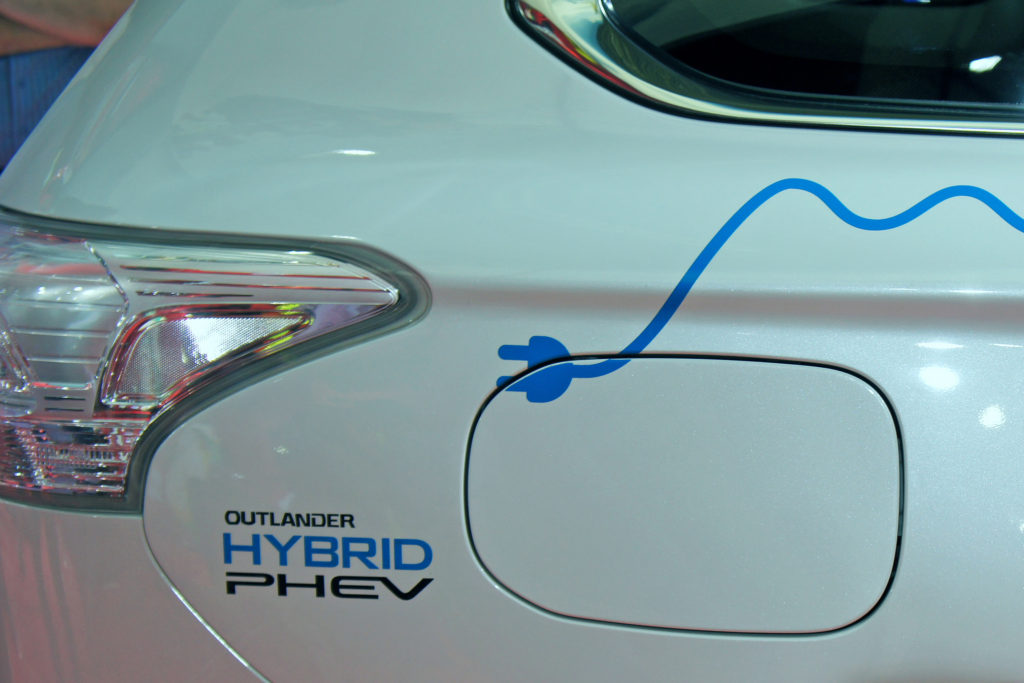
Plug-in hybrid vehicles are ones that can run both on electricity provided by a power outlet as well as on gasoline. There are many of them on the market these days built by quite a few car makers. But these vehicles have an undeserved reputation as being the fig leaf of electric mobility. Many environmental organizations and political decision-makers don’t consider them to be “real electric cars.”
However, a recent study by two German technical institutes tell a very different story. They compared the performance of 49,000 battery electric cars and 73,000 plug-in hybrid cars in Germany and the US using data from fleet trials, manufacturers, and websites for drivers to manage and monitor their vehicles.
It turns out that plug-ins with an electric range of 30+ miles on average drive the same number of miles electrically as do battery electric vehicles. That means that such plug-ins are as effective in reducing greenhouse gas emissions as battery cars.
How can that be? The answer is that for most people, a range of 30 or more miles covers their ordinary driving for the day. Sure, if they are going on a road trip, or have a lengthy commute for work, the electric range will be exhausted and they will use gasoline. For these people, there is a big difference. But for the average driver, the plug-in gets them pretty much all their driving on electricity.
This is not to say that going all-electric doesn’t have advantages, but if driving range is a real concern on occasion but ordinarily you just don’t drive that much, a plug-in hybrid gets you most of the benefits of an electric car without any of the downsides.
**********
Web Links
Plug-in hybrid vehicles are better than their reputation
Photo, posted November 1, 2014, courtesy of Flickr.
‘Advantages of Plug-In Hybrids’ from Earth Wise is a production of WAMC Northeast Public Radio.
Leave a Reply